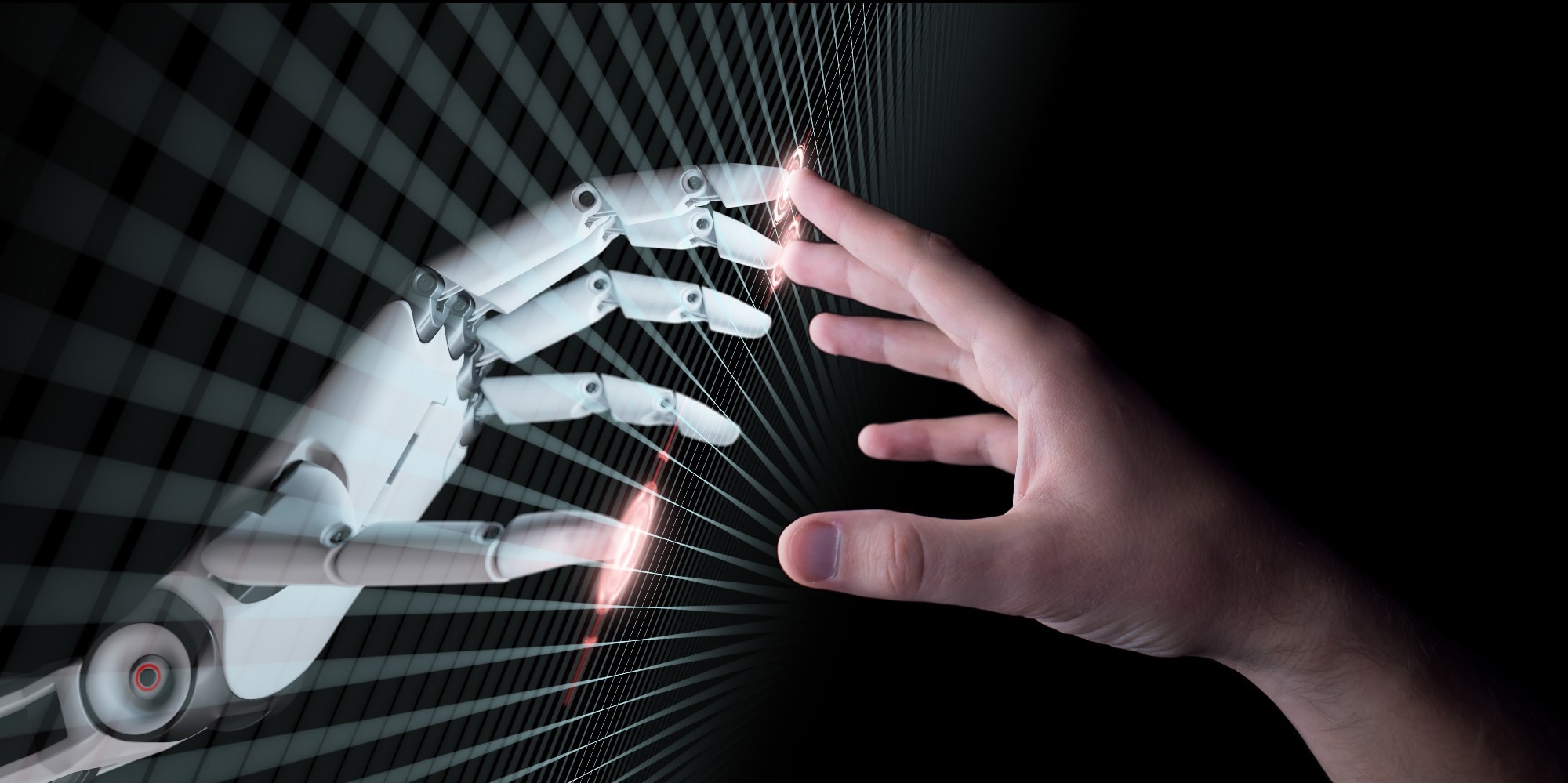Humans have a long history of showing empathy for the devices or digital representations they control. People are more inclined to identify with anything they believe to be in charge of, whether it be operating a vehicle or controlling an avatar in a video game. It is yet unclear how the sentiments reflected in the robots’ independent conduct impact their human operators.

Image Credit: Shutterstock.com/ maxuser
Now, Japanese researchers have shown that although a person only controls a small proportion of a semi-autonomous robot’s body, they are nevertheless affected by the robot’s conveyed “attitudes.”
Researchers at Osaka University’s Department of Systems Innovation examined how semi-autonomous robots’ remote control operations are affected people’s psychological well-being. The goal of these “telepresence” robots is to reduce commute expenses and labor shortages by transmitting the human voice and mannerisms. For instance, a voice may be managed by a human operator, and a computer may automatically manage the body motions.
Semi-autonomous robots have shown potential for practical applications in which a robot’s autonomous actions and human teleoperation are jointly used to accomplish difficult tasks. A system that combines the ‘intentions’ of different agents, such as an algorithm and a human user, that are collectively used to operate a single robot is called collaborative control.
Tomonori Kubota, Study First Author and Researcher, Department of Systems Innovation, Osaka University
In the experiment, the scientists looked at whether, when they controlled a portion of the robot’s body, the teleoperator’s attitude would be more similar to that of the semi-autonomous robot. Prior to the trial, subjects were asked to rank a collection of 10 artworks. Users were then placed in one of three settings for operating a robot that resembled a human.
Participants either controlled the robot’s hand motion and grin function, or they had no control over it at all. The android was subsequently seen talking to a different volunteer who was truly working with the experimenters. The experimenters tracked how much the android’s recommendation of the sixth-ranked artwork affected the robot operator’s later evaluation of that work.
This study reveals that when a person operates a part of the body of an android robot that autonomously interacts with a human, the person's attitudes come to closely align with the robot’s attitudes.
Hiroshi Ishiguro, Study Senior Author and Researcher, Department of Systems Innovation, Osaka University
This research suggests that designers should be aware of the ways operators may be impacted by their role with subliminal changes in attitude in future implementations of “human-robot collaborations.”
Journal Reference:
Kubota, T., et al. (2022) Alignment of the attitude of teleoperators with that of a semi-autonomous android. Scientific Reports. doi.org/10.1038/s41598-022-13829-3.